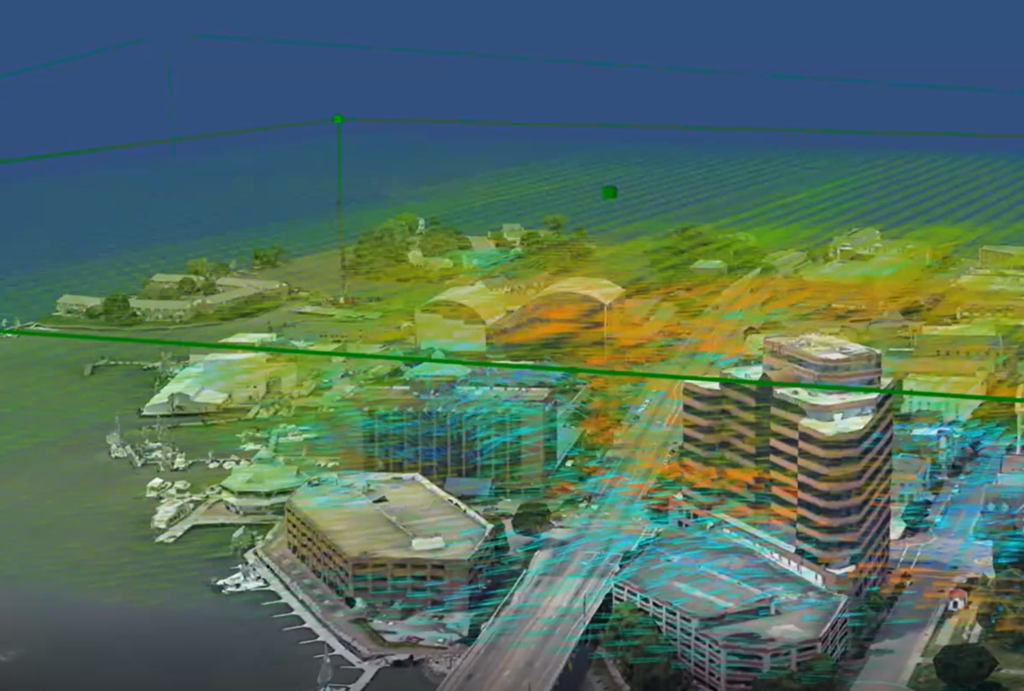
Credit: TruWeather
NASA has awarded TruWeather Solutions a $750,000 Phase II Small Business Innovation Research contract to test a network of ground-based weather sensors in Hampton, Virginia. The sensor network is intended to provide weather measurement and prediction data for safe and efficient flights of beyond...
Subscription Required
This content requires a subscription to one of the Aviation Week Intelligence Network (AWIN) bundles.
Schedule a demo today to find out how you can access this content and similar content related to your area of the global aviation industry.
Already an AWIN subscriber? Login
Did you know? Aviation Week has won top honors multiple times in the Jesse H. Neal National Business Journalism Awards, the business-to-business media equivalent of the Pulitzer Prizes.
